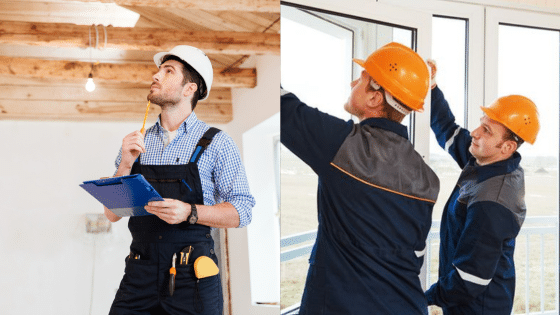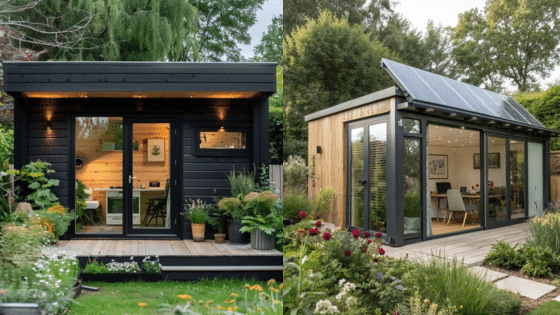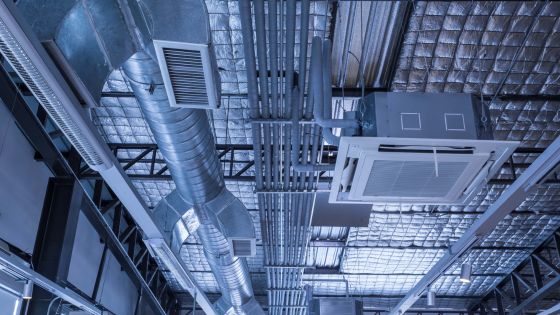
As climate change continues to intensify weather patterns, homes and buildings are increasingly vulnerable to severe storms. High winds, torrential rains, hail, and even hurricanes are causing greater damage than ever before, particularly to one of the most exposed parts of a structure: the roof. Storm-resilient roofing is a necessity. Homeowners, architects, and builders must now think beyond aesthetics and cost, factoring in durability, resilience, and protection. The architectural community has responded with innovative roofing strategies designed to minimize storm damage and prolong the life of buildings. In this article, we explore key architectural approaches to storm-resilient roofing that combine form and function to safeguard properties in today’s unpredictable climate.
Designing for Wind Resistance
Architects prioritize wind resistance when designing roofs for buildings in storm-prone areas, like regions frequently hit by hurricanes and tornadoes. The shape of the roof, particularly hip roofs with slopes on all sides, is often favored for its ability to deflect wind pressure more effectively than gable designs. Minimizing overhangs and using reinforced trusses improves the roof’s ability to stay anchored during high winds. Incorporating coastal wind‑resistant roofing solutions into the planning process for homes near shorelines further enhances structural integrity. These strategies are paired with aerodynamic modeling to ensure roofs withstand wind uplift and prevent long-term damage from recurring storm events.
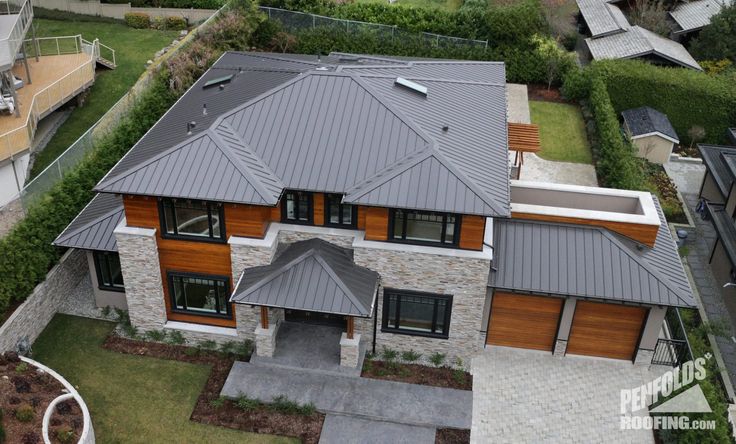
Choosing Impact-Resistant Materials
Material selection is a cornerstone of storm-resilient roof design. Architectural decisions around roofing materials can dramatically affect a structure’s ability to withstand hail, debris, and flying objects. Traditional asphalt shingles, while economical, may not offer adequate protection in severe storms. Impact-resistant options such as metal roofing, clay or concrete tiles, and synthetic composite shingles are increasingly preferred. These materials are more durable and can be designed to meet local building codes for hail and wind resistance. Architects often specify materials with Class 4 impact ratings to ensure a longer roof lifespan and reduced repair costs after a storm.
Integrating Proper Drainage Systems
Heavy rainfall is a common feature of many storms, and without an effective drainage strategy, even the most durable roofing material can fail. Architectural planning for storm-resilient roofs includes comprehensive water management systems. Sloped roofs must be designed to direct water toward gutters and downspouts quickly, minimizing pooling and infiltration. For flat or low-slope roofs, architects incorporate internal drains, scuppers, and tapered insulation systems that guide water toward drainage points. Waterproof underlayments and flashing are critical in preventing leaks at joints and edges. Thoughtful integration of these features ensures the roofing system can handle large volumes of water without compromise.
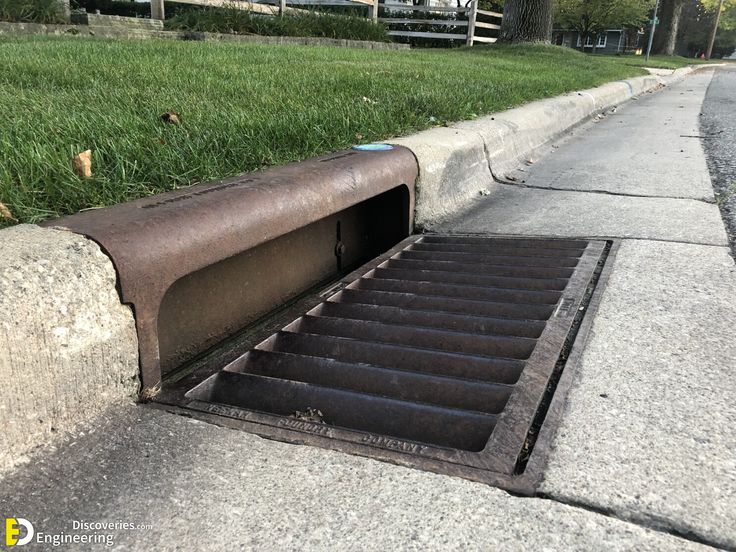
Emphasizing Roof Shape and Slope
Beyond aesthetics, the shape and slope of a roof play a significant role in storm resilience. In hurricane-prone regions, low-slope or curved roof designs can reduce wind pressure buildup, while steeply pitched roofs are better at shedding water and snow in other climates. The right slope minimizes water retention and helps prevent structural degradation. Architects often tailor the roof profile based on the region’s specific climate risks, ensuring it performs well against the most likely threats. Aerodynamic shapes, such as domes or pyramidal roofs, distribute wind forces more evenly, reducing the risk of damage in turbulent weather events.
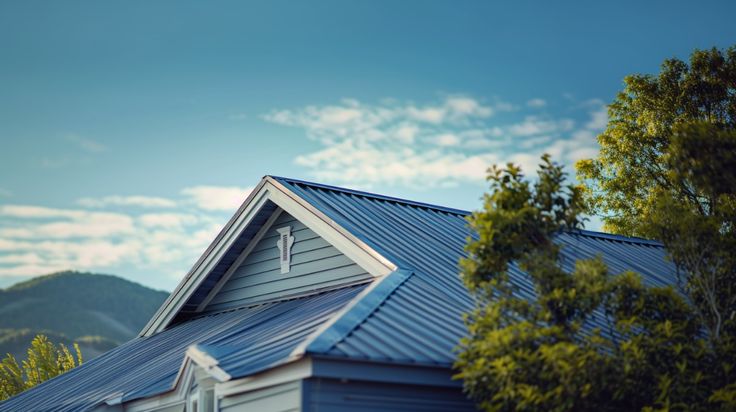
Securing Roofing Systems with Strong Anchoring
Even the best-designed roof can fail if not anchored properly. A key architectural approach to storm resilience is the use of enhanced fastening systems that keep roofing materials in place. Roof-to-wall connections, tie-downs, and load path continuity are prioritized in structural design. Architects and engineers collaborate to ensure that every component of the roof is tied securely to the building frame, creating a continuous load path from the roof to the foundation. This integration strengthens the entire building envelope, reducing the likelihood of partial or total roof loss during storms. Building codes in storm-prone areas often mandate these reinforcements, and architects incorporate them into plans from the outset.
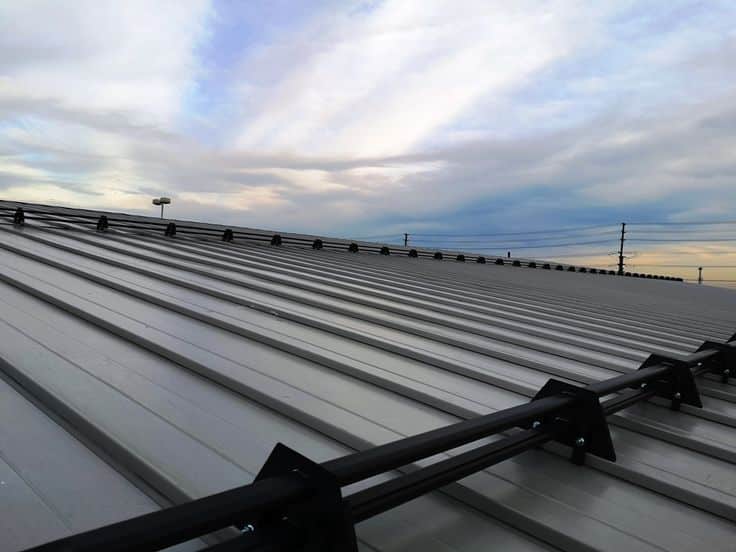
Utilizing Advanced Roofing Technologies
In the age of smart construction, storm-resilient roofing benefits from technological advancements. Architects are now specifying materials and systems that include sensors, self-healing membranes, and heat-reflective coatings. Some roofing systems can alert homeowners to potential breaches or moisture infiltration before visible damage occurs. Green roofing, while often associated with environmental sustainability, can offer storm protection by absorbing excess rainfall and reducing runoff. Photovoltaic roofing systems are being developed with reinforced panels that generate energy and resist impact and high winds. By embracing these innovations, architects can deliver roofs that are protective, intelligent, and sustainable.
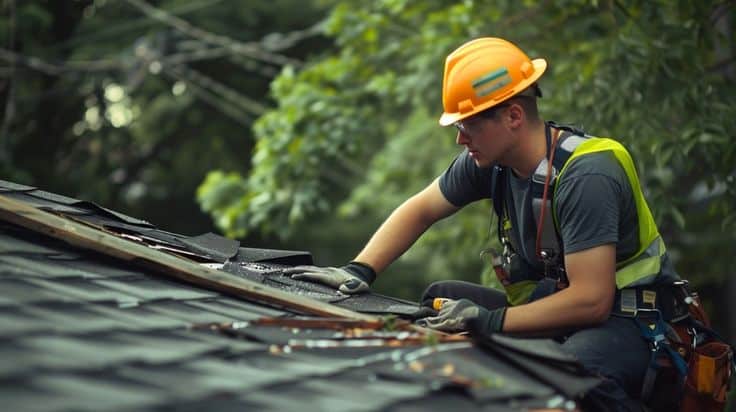
Storm-resilient roofing is imperative in contemporary architectural design. From material selection and drainage planning to shape optimization and advanced technologies, architects play a pivotal role in fortifying buildings against the forces of nature. As climate patterns continue to evolve, so too must our construction approach. Investing in architectural strategies that prioritize resilience ensures that homes and buildings can weather the storm and continue to provide safety, comfort, and longevity for generations to come.
- 0shares
- Facebook0
- Pinterest0
- Twitter0
- Reddit0











